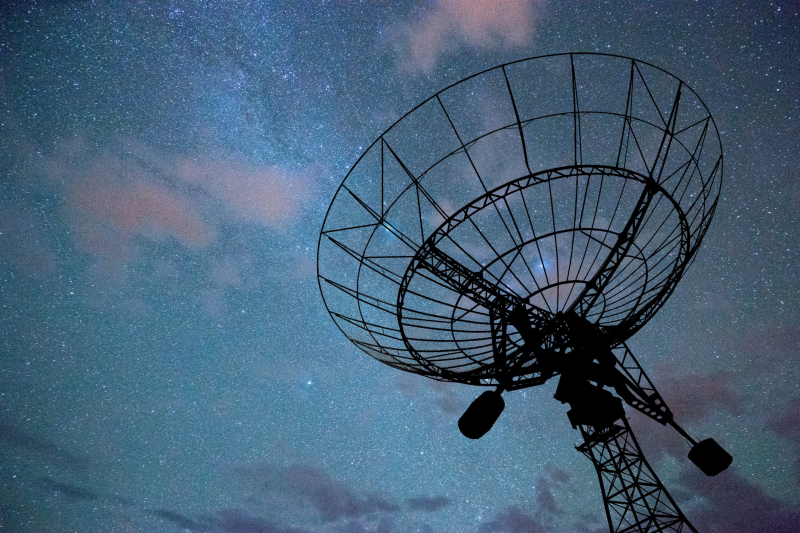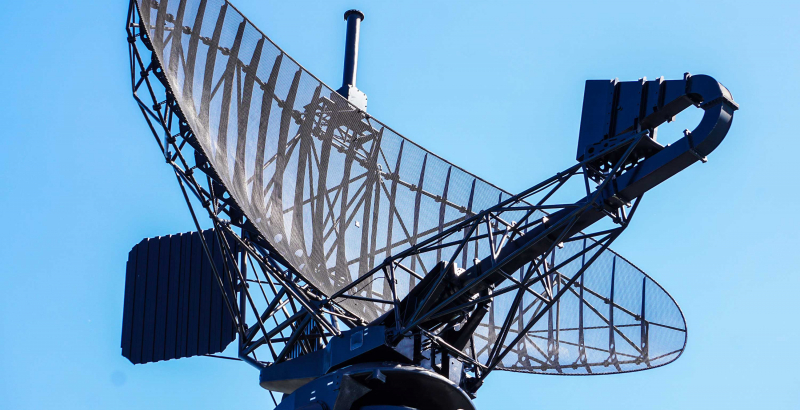Radar
The first military versions of radar, also known as radio detection and ranging, were created in MIT's Radiation Laboratory during the Second World War, despite the fact that it was independently created much earlier. It was a game-changing invention that used radio waves to identify nearly any kind of item, and it may have even contributed to the eventual victory of the Allies. Before the war, Germany had its own RADAR program, but by the end of 1940, it had been put on hold.
Radar was employed in numerous ways to impede the Axis war effort during the conflict. Land bases could now precisely target the Luftwaffe's bombing flights with their air defenses, which was especially useful for defending against strikes from German rockets like the V-1. Later in the war, coordinated aerial bombardment missions against German and Japanese facilities made use of more sophisticated radar systems to provide fighter pilots and bombers a map-like image of the ground miles before they arrived.
Even now, radar is a crucial component of combat, and modern systems are significantly more sophisticated than those used in World War Two. Additionally, it is now widely employed in a variety of civil contexts, including navigation, weather forecasting, and flight monitoring.












